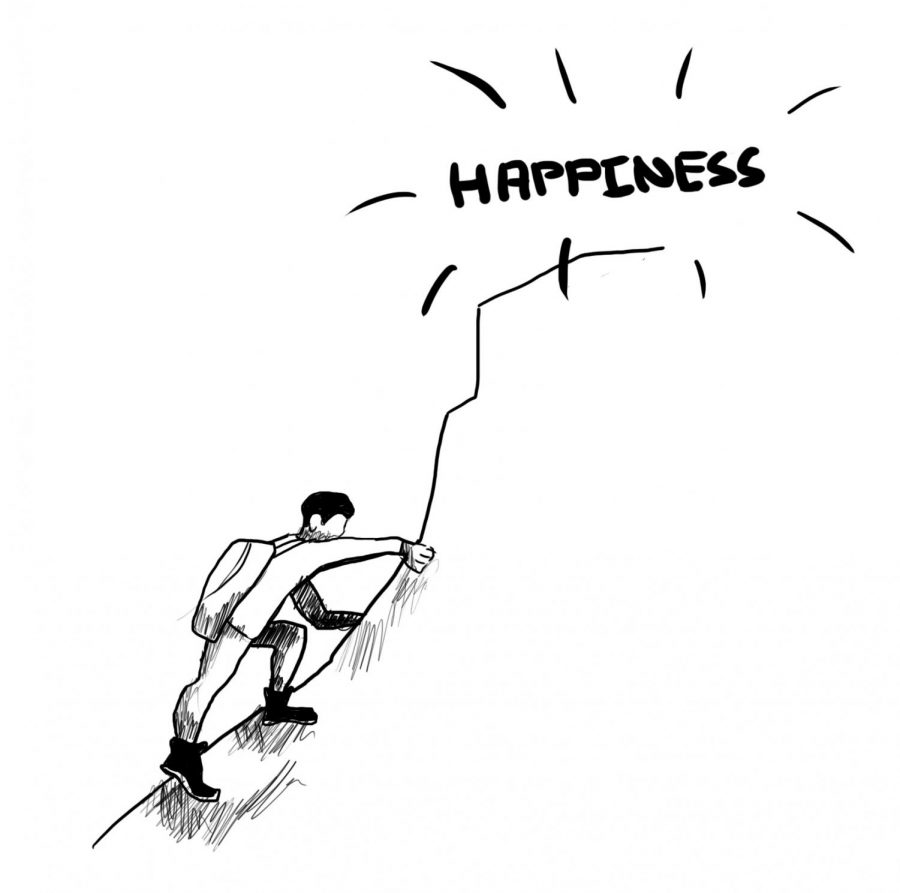As a high school senior in 2008, I watched the election, boiling over with the indignation of being three months shy of voting in an election relevant to my life. In a week and a half, millions more teenagers will be in the same place. It’s our obligation as young voters to keep teens in mind when we vote for president, but when it comes to sex education, which directly influences teenagers’ lives, neither party offers a healthy vision for the future.
Of course, both the Republican and Democratic parties’ platforms address sex education, but even the Democrats’ stance falls short. The Republican party platform promotes teaching “abstinence until marriage as the responsible and respected standard of behavior,” whereas the Democrats “support evidence-based and age-appropriate sex education.” Naturally, the Democrats’ stance is more progressive than naïve abstinence-only education, but even so-called “comprehensive” sex ed fails to provide teenagers with a healthy view of sexuality. Neither model accepts that teenage sex is anything more than risky behavior.
My high school health classes weren’t abstinence-only, but were guilty of stressing the risk of sex. They tested us on the names and symptoms of sexually-transmitted infections. Pregnancy dangled over our heads like a sword. They even brought in an energetic pro-abstinence speaker who impressed upon us the risk of losing our virginities to people we weren’t going to spend our lives with. Yes, there are risks inherent with sex that teenagers need to know. I’d never argue with that. But sex ed can and should be so much more.
Why not teach responsibility and pleasure? Imagine a curriculum that taught that masturbation isn’t a sin and that horny high school dudes are hardly the only ones who do it, singing the praises of self-love no matter who does it or how. I want to see a curriculum that teaches what the hell a clitoris is, and why everyone in the world should care. Sex ed could teach students who are going to be sexually active how to enjoy it.
What’s more, being a sexual person is far more than a transmission risk. Good sex ed would start with the fundamentals of sexuality by giving students a place to explicitly examine and identify their values and feelings toward sex. We should teach teens that sex shouldn’t only happen when you’ve calculated your readiness, but also when your body is burning with desire for it––and that if you don’t want it, absolutely nobody gets to tell you otherwise.
I left my sex ed classes with the names of different types of birth control and images of STIs. We could educate students so that along with the risks of sexual activity, they understand the equally important things like consent, human sexuality’s wide range, how to have healthy relationships, the intersection of gender and sex, and that nobody ever has to have sex if they don’t want to.
Sure, it’s idealistic. But high school students today aren’t getting the information they deserve. Despite the fact that teenagers are and will continue to be sexually active, both abstinence-only and comprehensive sex ed curricula are written in the hopes that teens won’t have sex. Rather than closing our eyes, making believe and hoping adolescents will somehow figure it out, we should equip them with the resources they need to experience sexuality responsibly and joyfully.
Voting for Obama’s “evidence-based and age-appropriate sex education” is a step in the right direction, but it’s not enough. On behalf of our teenagers, anxiously and indignantly watching this year’s election, we ought to demand so much more.




